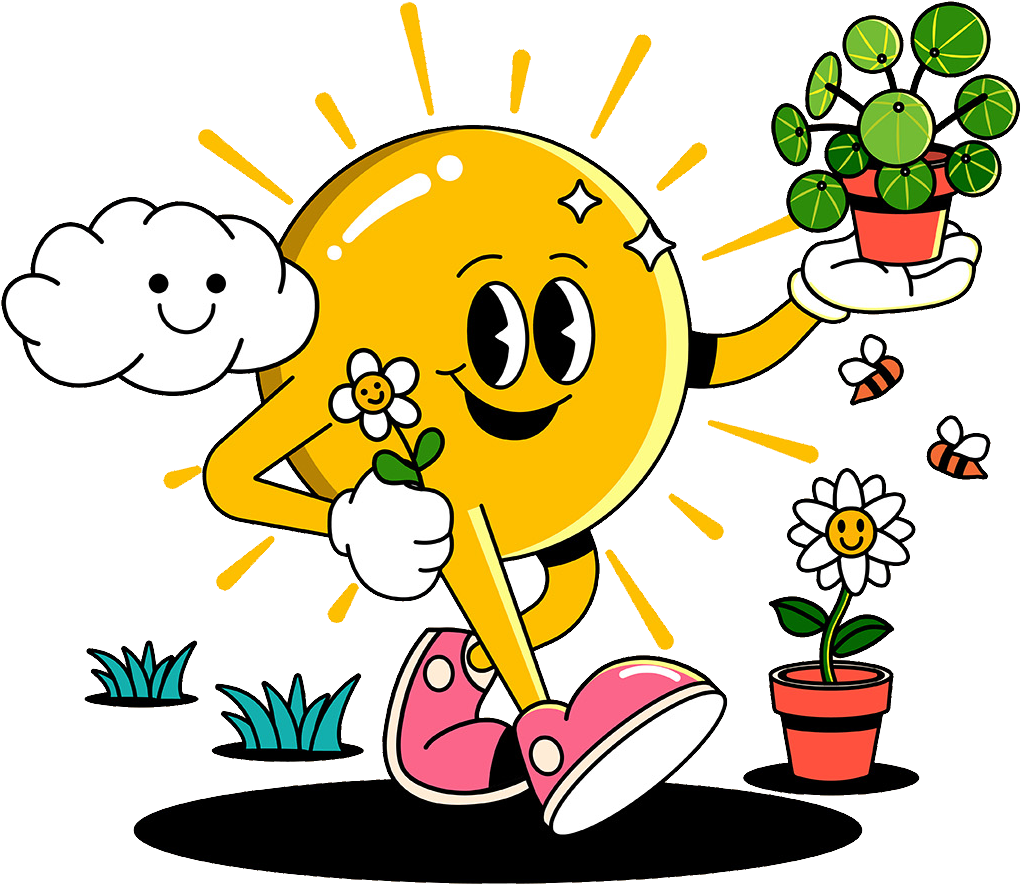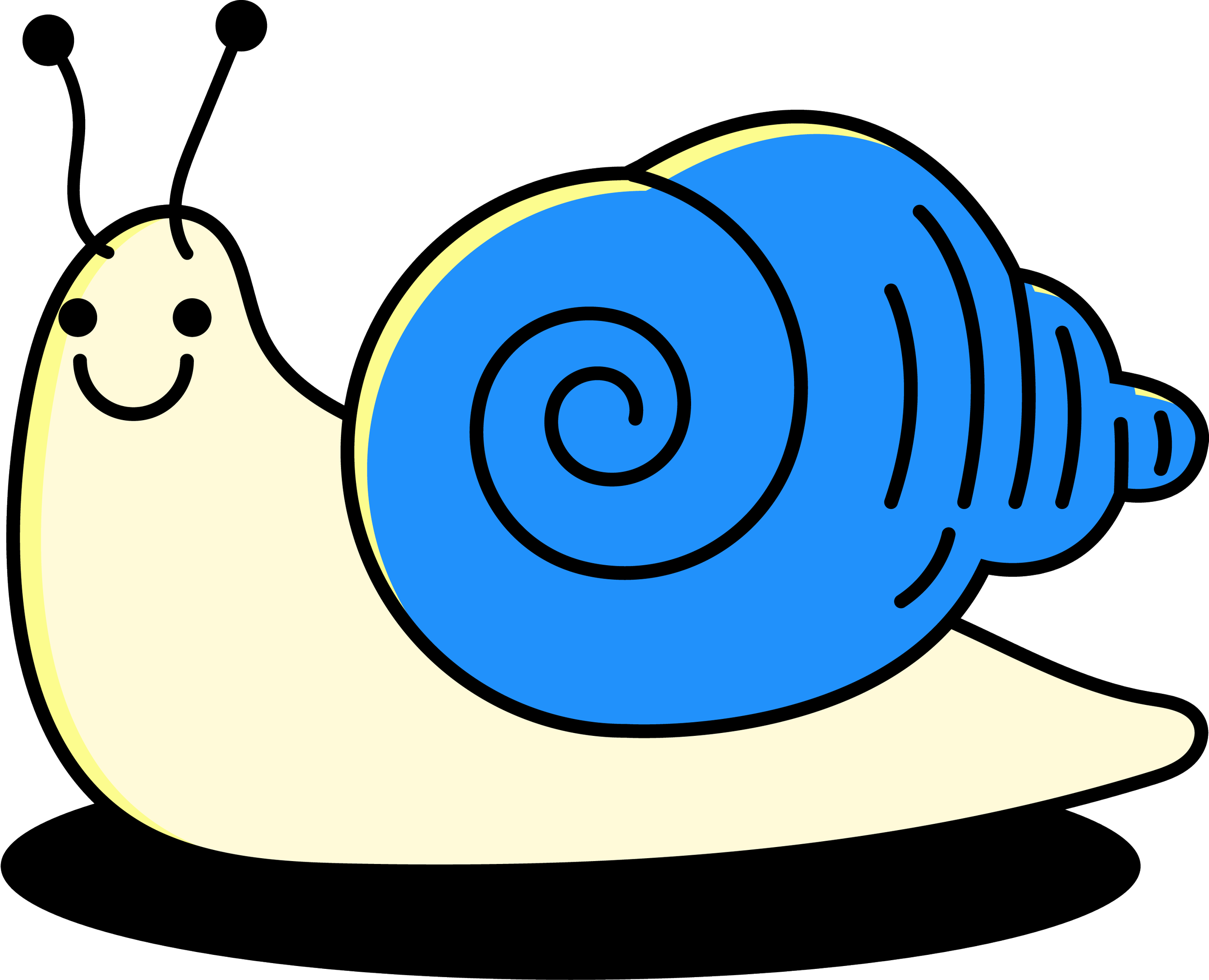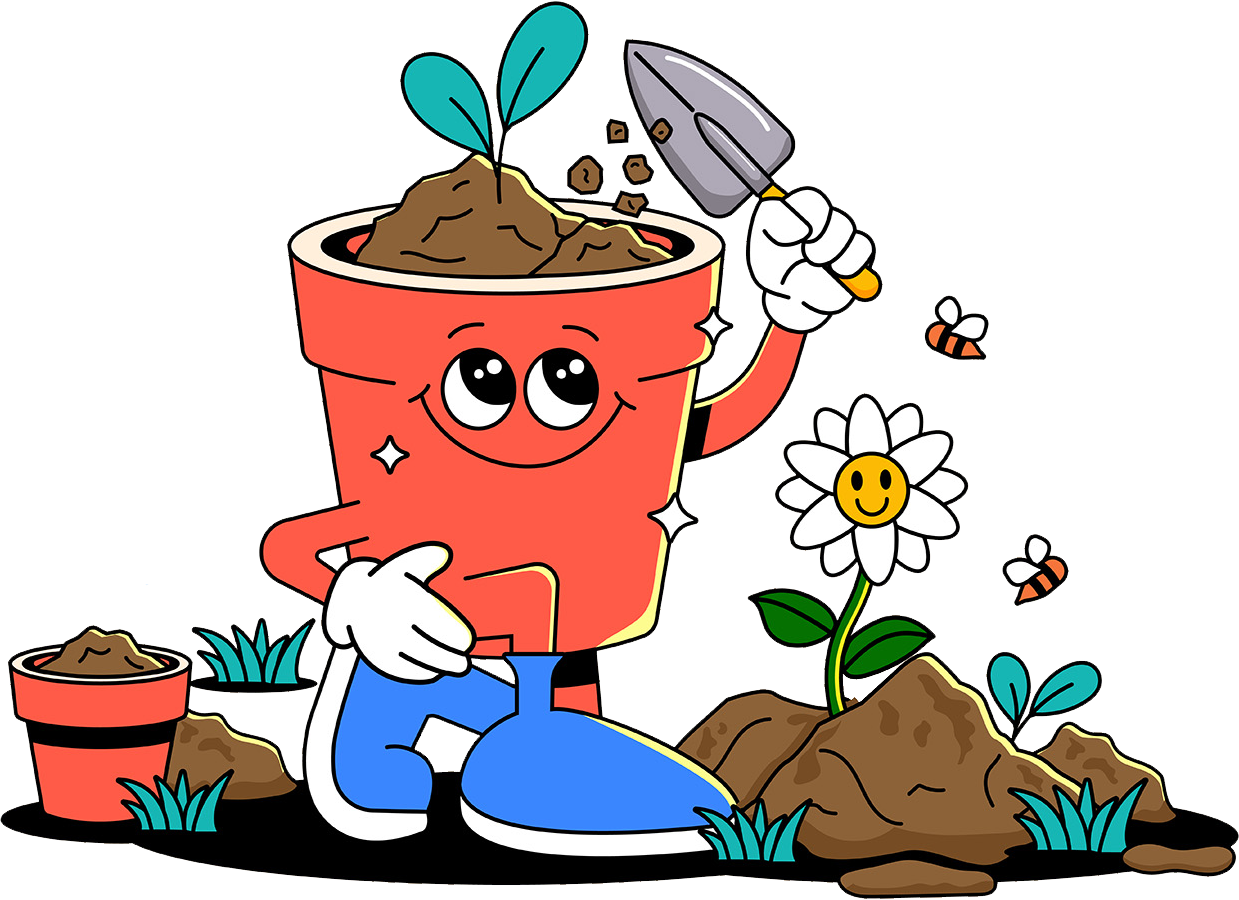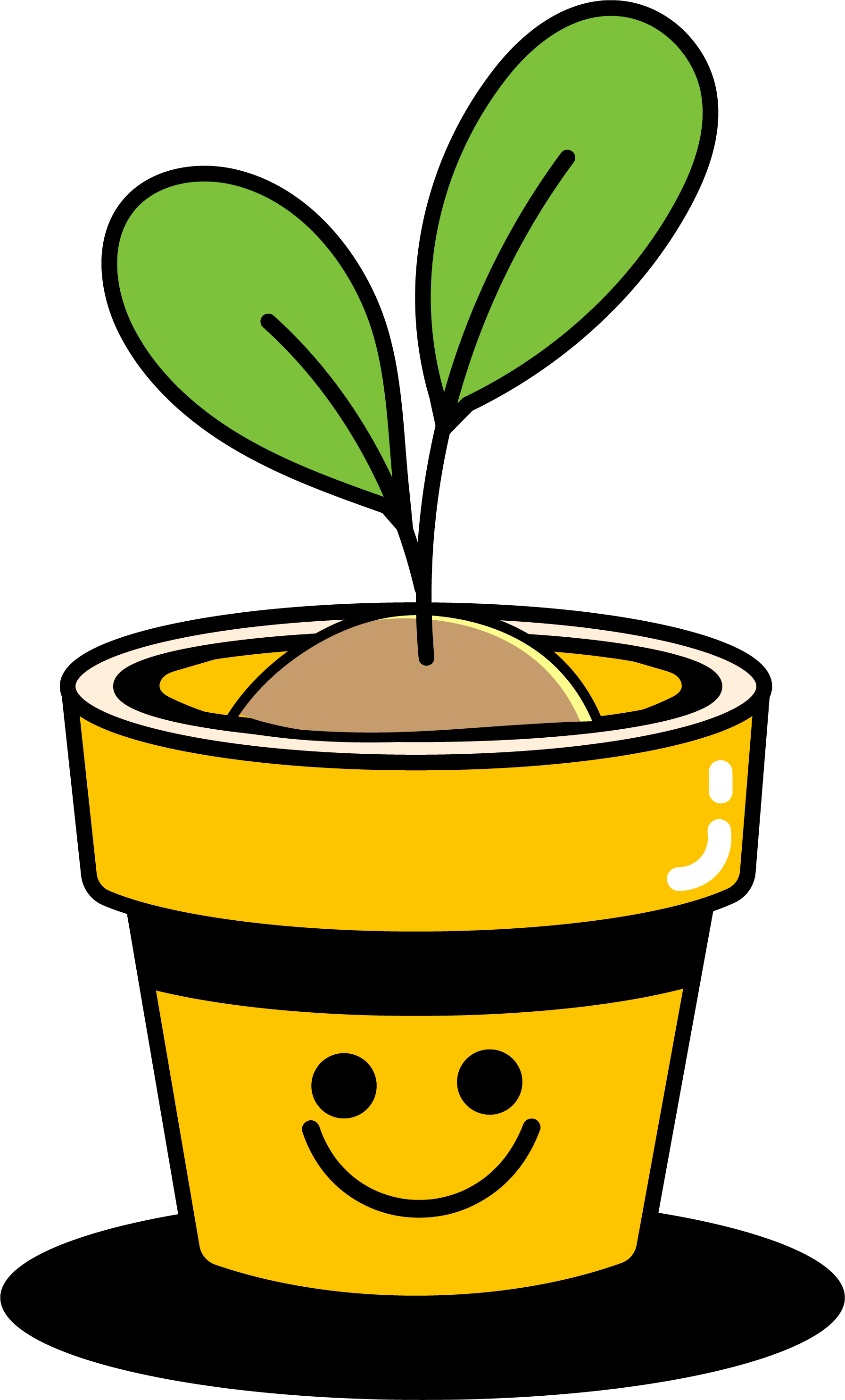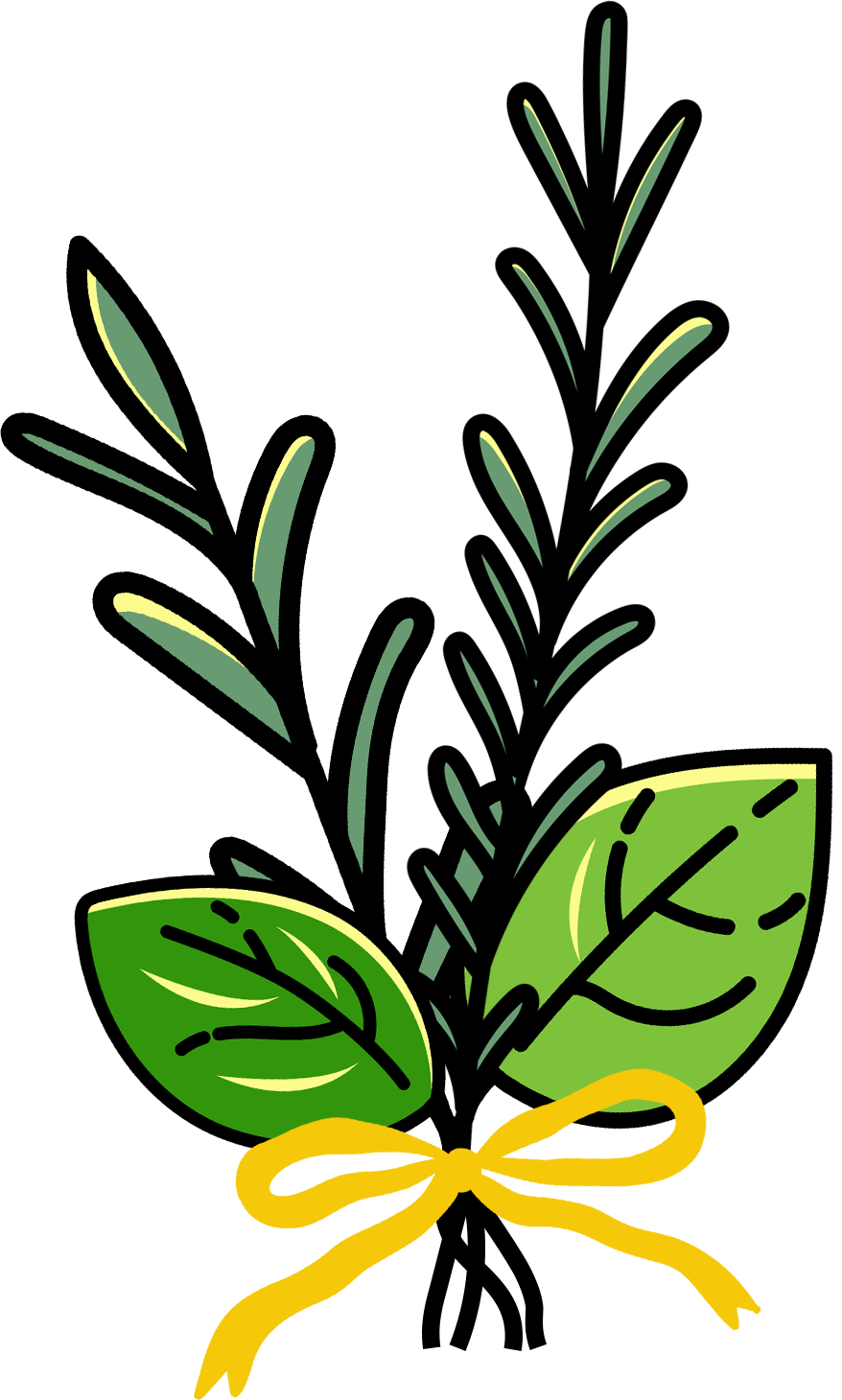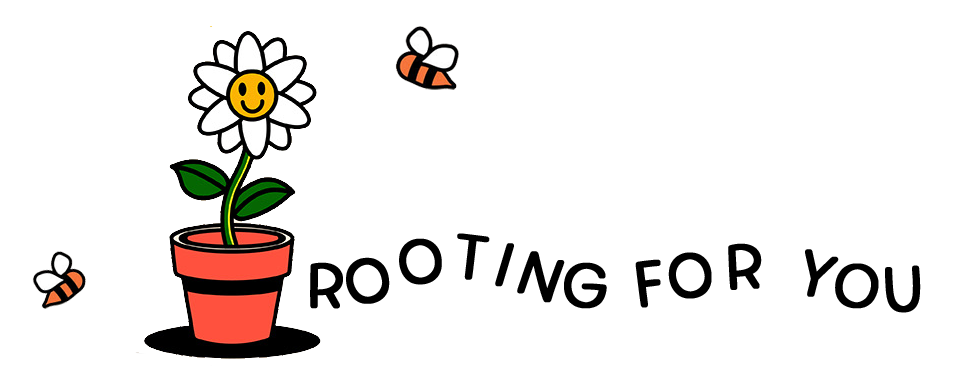Dill
KEEP SOIL MOIST
Keep this herb consistently moist
Let the top inch of soil dry out slightly before you water. In cooler temperatures or shadier spots, you can water less often. In hotter weather, check the soil daily since dill’s soil can dry out fast!
If you notice the fronds drooping, a thorough watering should help perk it up again.
Dill does well in low humidity.
It isn’t very picky, so indoor humidity is just fine. Technically, it prefers drier air. Try to keep it away from extra humidity spot to avoid fungal issues.
soil needs
Dill digs a light, well-draining mix that stays lightly moist but never soggy.
When choosing a potting mix for dill, look for mixes that include:
ᯓ Vermiculite ᯓ
Helps retain moisture while keeping soil light and fluffy.
ᯓ Perlite or Coarse Sand ᯓ
Improves drainage and prevents waterlogging.
Harvesting
You can start harvesting when the plant is at least 6 to 8 inches tall. Dill tends to grow quickly, so feel free to harvest once you see well-developed fronds!
Try to harvest every 1 to 2 weeks or as needed to maintain shape and encourage growth.
⊹ Use Clean Scissors or Fingers ⊹
Always use sanitized scissors or pinch off stems with clean hands to prevent spreading germs.
⊹ Identify the Pruning Spot ⊹
Look for a node where two leaves branch out from the stem. Cut or pinch just above the node. This encourages new stems to grow from the node!
⊹ Remove Flower Buds ⊹
If your Dill is budding with flowers, frequent snips can help delay further bolting.
Dill Seeds: If you want dill seed for pickling, seasoning, or to grow more dill, let a few plants bolt and flower. You can harvest seeds from the flowers once they start to turn brown.
Common Issues
-
Possible sign of underwatering or overwatering. Check the soil moisture. If dry, water thoroughly.
Soil that has been overwatered can lead to root rot.
Remove affected leaves. Make sure the pot has good drainage.
If you suspect root rot: dry out the soil for a day or two. If the problem persists, remove plant from pot, trim away dead, mushy roots, and repot in fresh soil.
-
A little tricky! This could be signs of:
underwatering
overwatering
too much sunlight
Yep, it could be anything.
Check the soil moisture. Water thoroughly if dry.
If soil is moist, try moving it to a sunnier spot.
If soil is moist + already in full sun, then try giving it some afternoon shade!
-
Hot weather or failing to harvest leaves regularly can cause dill to bolt.
Pinch off flower buds as they appear to keep them away, or embrace them for pickling!
-
A sign of not enough sunlight.
If you notice your plant is looking leggy and weak, try moving it to a sunnier spot.
Sometimes issues can be the result of a pest infestation. Make sure to watch out for these creepy crawlers:
𖢥 Aphids
Pet Safe
Dill is a non-toxic herb that is considered a safe herb to grow indoors or outdoors in pet-friendly spaces.


